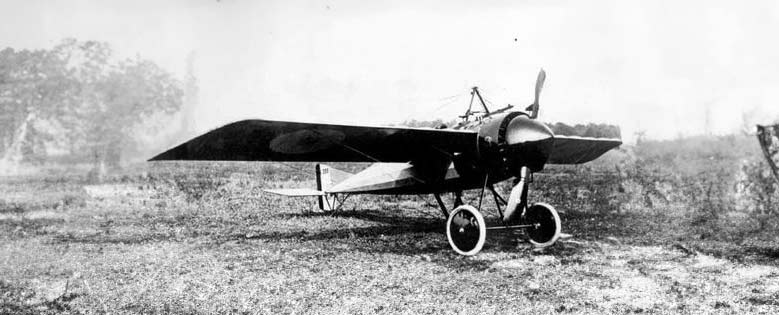Discover the Morane-Saulnier Type N, a pioneering French fighter aircraft from 1915, known for its innovative design and significant role in early aerial combat during World War I.
This article explores the Morane-Saulnier Type N, a French fighter aircraft developed in 1915. It provides a comprehensive overview of the aircraft’s development, design, performance, and military use during World War I. The Type N was notable for its innovative design and significant impact on early aerial warfare, setting new standards for fighter aircraft at the time. The text delves into its development history, technical specifications, operational performance, and its role in combat, comparing it with contemporary aircraft and discussing its legacy in military aviation.
The Morane-Saulnier Type N was a groundbreaking fighter aircraft developed in the early years of World War I. As one of the first aircraft designed specifically for combat, it played a crucial role in the development of aerial warfare. This article examines the historical context, design features, performance capabilities, and military use of the Type N, highlighting its significance in aviation history.
History of the Development of the Morane-Saulnier Type N
In the early 20th century, as nations were rapidly advancing in aviation technology, the outbreak of World War I in 1914 accelerated the need for specialized military aircraft. The Morane-Saulnier Type N was developed against this backdrop, as France sought to gain an aerial advantage over its adversaries.
The development of the Type N was initiated by Morane-Saulnier, a leading French aircraft manufacturer, in response to the military’s need for a fast, maneuverable, and effective fighter aircraft. The main objective was to create an aircraft that could engage enemy aircraft with greater efficacy, a need that had become increasingly apparent with the onset of the war.
Design of the Morane-Saulnier Type N
The Morane-Saulnier Type N was a monoplane with a length of approximately 6.30 meters (20 feet 8 inches) and a wingspan of 8.20 meters (26 feet 11 inches). It featured a streamlined design with a rotary engine, a characteristic that set it apart from many of its contemporaries.
The aircraft’s construction primarily used wood and fabric, common materials in early aircraft design. The Morane-Saulnier Type N incorporated technical features such as a streamlined fuselage and a “shoulder wing” design, which placed the wing on top of the fuselage but not directly over the cockpit. This configuration provided advantages like reduced drag for higher speed and improved stability. However, these design choices also led to certain drawbacks, including limited downward visibility for the pilot and structural vulnerabilities inherent in wood and fabric construction. The innovative features of the Type N significantly influenced its operational capabilities and laid the groundwork for future fighter aircraft designs.

Performance of the Morane-Saulnier Type N
Equipped with a Le Rhône 9C rotary engine delivering 80 horsepower (approximately 60 kilowatts), the Morane-Saulnier Type N could achieve a top speed of around 155 kilometers per hour (96 mph) and reach an altitude of approximately 4,000 meters (13,123 feet). Its operational range was approximately 250 kilometers (155 miles).
When compared with contemporaries like the Fokker Eindecker, the Type N’s performance was generally comparable. Its strengths and weaknesses in these areas offered insights into the evolving capabilities and limitations of early fighter aircraft.
Military Use and Combat of the Morane-Saulnier Type N
The Morane-Saulnier Type N was armed with a synchronized, forward-firing Vickers machine gun, making it one of the first aircraft to be equipped with a synchronized machine gun firing through the propeller arc without damaging the blades. It saw action in various conflicts during World War I, particularly in air-to-air engagements on the Western Front.
Its performance in combat was marked by notable successes and limitations. The aircraft engaged with enemy aircraft types such as various German reconnaissance and fighter aircraft. The aircraft was not widely sold to other countries, indicating its limited popularity in the international arena due to rapid advancements in aircraft technology by other nations.
The Type N remained in service until around 1916, eventually being superseded by more advanced designs like the Nieuport 11 and SPAD S.VII.
The Morane-Saulnier Type N stands as a significant milestone in the history of military aviation. Its innovative design and operational use during World War I not only demonstrated the potential of aircraft in combat but also paved the way for the development of more advanced fighter aircraft. Despite its limitations and the rapid pace of technological advancements, the legacy of the Morane-Saulnier Type N endures as a testament to early aerial ingenuity and bravery.
Back to the Warbirds section.